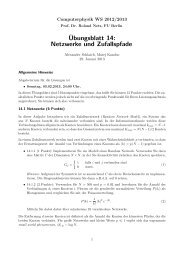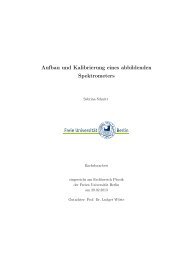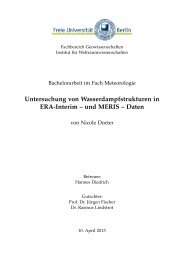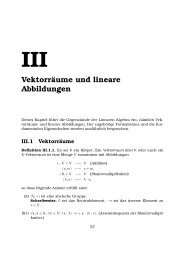Chapter 8—Capital Budgeting Process and Techniques - Userpage
Chapter 8—Capital Budgeting Process and Techniques - Userpage
Chapter 8—Capital Budgeting Process and Techniques - Userpage
You also want an ePaper? Increase the reach of your titles
YUMPU automatically turns print PDFs into web optimized ePapers that Google loves.
11. Refer to Exhibit 8-2. Assume the equipment is depreciated on a straight-line basis over 4 years, what is<br />
the average contribution to net income across all four years?<br />
a. $0.2m<br />
b. $0.5m<br />
c. $0.3m<br />
d. $0.8m<br />
ANS: A<br />
Depreciation charge per year = 1.2m/4 = 0.3m<br />
Net income per year = 0.5m - 0.3m = 0.2m<br />
DIF: M REF: 8.2 Accounting-Based Methods NAR: Exhibit 8-2<br />
12. Refer to Exhibit 8-2. The project’s average accounting rate of return equals the average contribution to<br />
net income divided by the average book value of the investment.<br />
Assume the equipment is depreciated on a straight-line basis over 4 years, what is the average<br />
accounting rate of return?<br />
a. 16.7%<br />
b. 33.3%<br />
c. 66.7%<br />
d. Cannot tell from the given information<br />
ANS: B<br />
Depreciation charge per year = 1.2m/4 = 0.3m<br />
Net income per year = 0.5m - 0.3m = 0.2m<br />
Average book value = 0.6m<br />
Average accounting rate of return = 0.2m/0.6m = 33.3%<br />
DIF: M REF: 8.2 Accounting-Based Methods NAR: Exhibit 8-2<br />
13. Suppose a particular investment project will generate an immediate cash inflow of $1,000,000<br />
followed by cash outflows of $500,000 in each of the next three years. What is the project’s IRR?<br />
Suppose a company’s hurdle rate is 15%, should it accept the project?<br />
a. 23%; reject the project<br />
b. 23%; accept the project<br />
c. 15%; reject the project<br />
d. 15%; accept the project<br />
ANS: A<br />
Let r represent the IRR of the investment.<br />
1,000,000 - 500,000/(1+r) + 500,000/(1+r) 2 + 500,000/(1+r) 3 = 0<br />
r = 23%<br />
The project has an initial cash inflow <strong>and</strong> subsequent cash outflows, <strong>and</strong> its IRR is higher than the<br />
hurdle rate, should reject the project.<br />
DIF: M<br />
REF: 8.5 Internal Rate of Return<br />
14. Suppose a particular investment project will require an initial cash outlay of $1,000,000 <strong>and</strong> will<br />
generate a cash inflow of $500,000 in each of the next three years. What is the project’s IRR? Suppose<br />
a company’s hurdle rate is 15%, should it accept the project?<br />
a. 23%; reject the project


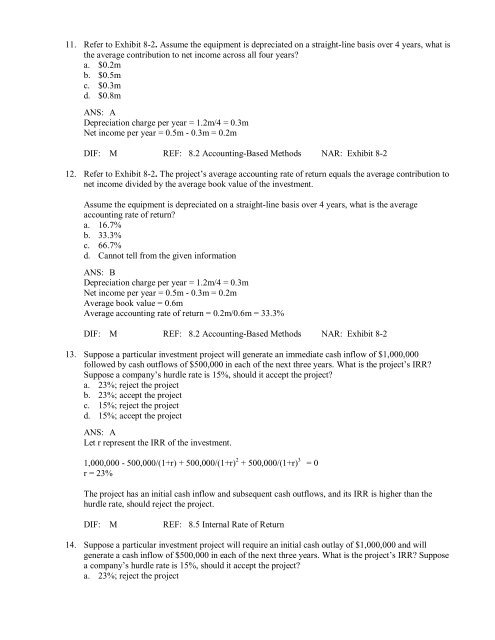

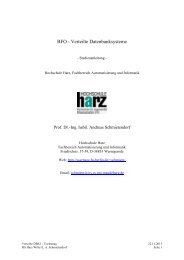
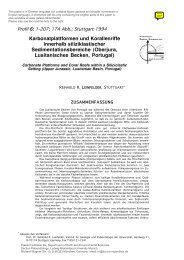


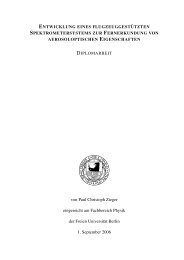
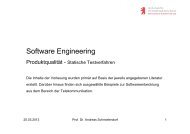
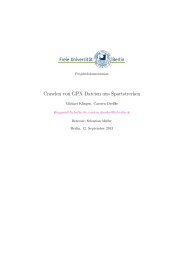
![[UNBEGRENZTE MÖGLICHKEITEN?] - Userpage](https://img.yumpu.com/22343335/1/184x260/unbegrenzte-moglichkeiten-userpage.jpg?quality=85)
